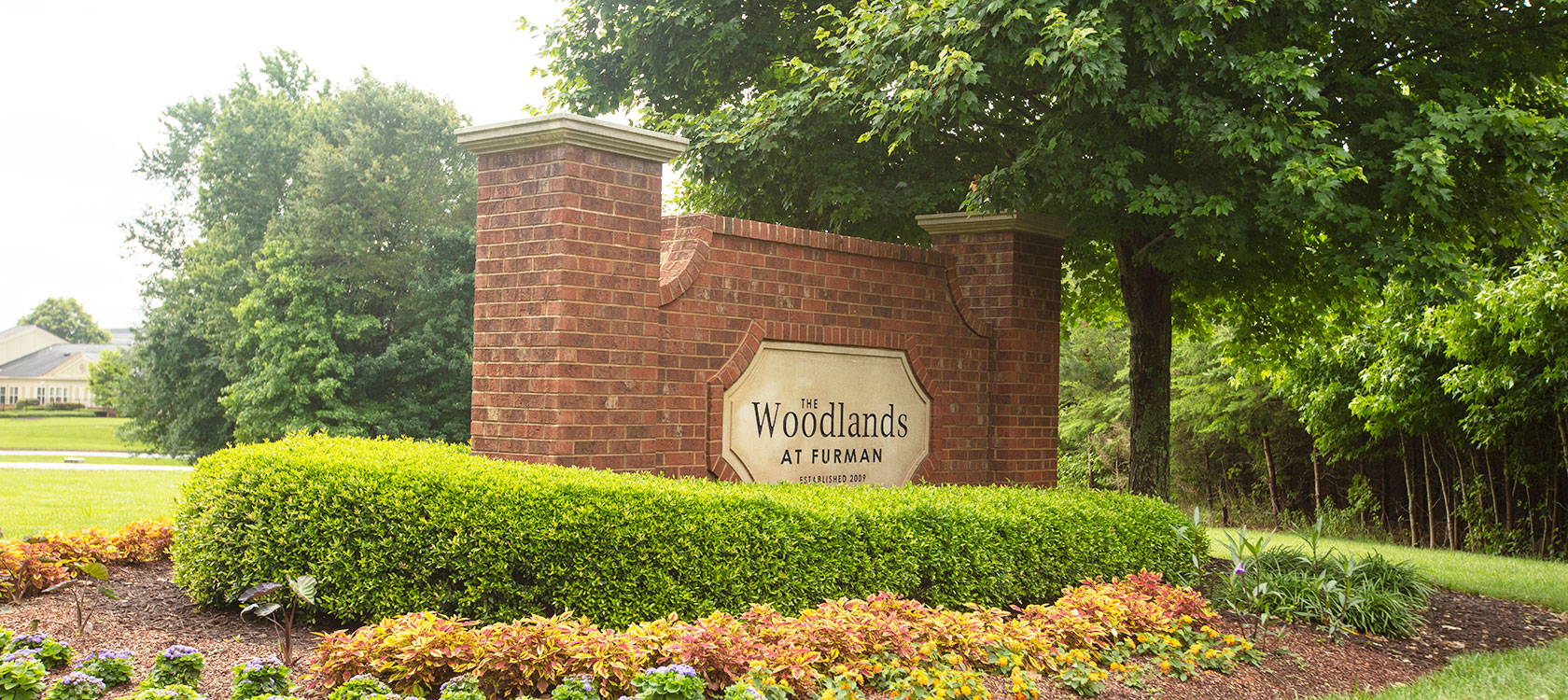
04 Apr Life Plan Communities: The Future of CCRCs
Posted at 14:04h
in Uncategorized
A Continuing Care Retirement Community (CCRC) is a form of retirement community that has existed for over a century. The concept has been popular with older adults looking to age in place because it offers exactly what the name implies: continuing care. A resident of a CCRC can move into an independent living community, and if and when care needs increase, that resident can receive increasing levels of care without having to move to another community.
This gives them not only the convenience of not having to uproot their lives if they begin to need assistance, but also the peace of mind of knowing they’ll be able to remain near the friends they’ve made, family that may live nearby, and a care staff they already know and trust. Through every stage of care, from independent living to assisted living, to skilled nursing, they can stay in the place they call home.
What’s the Difference Between a CCRC and a Life Plan Community?
Life Plan communities and CCRC’s are the same thing! But, the term “Life Plan Community” represents an evolution because it’s a better representation of what modern seniors want in their lives. Today’s seniors are healthier, livelier and more active than ever before. They’re living vibrant lives in retirement, exploring new hobbies and rededicating themselves to long-held creative or intellectual passions. A CCRC has been a wonderful option for older adults who were seeking the peace of mind that comes with knowing they’ll be taken care of come what may, but today’s seniors are focused on life. And to live your life to the fullest, you need a plan.
As the senior living industry continuously evolves, the focus has moved away from care to the active and independent lives many seniors enjoy when they do not need assistance. In 2014, a task force called Project NameStorm (a joint project of LeadingAge and Mather LifeWays, two senior advocacy groups) was assembled to examine seniors’ views of the term “continuing care retirement community.” After two years of research and in-depth conversations, the task force adopted a new term that more-accurately represents the future of this senior living concept: life plan community.
Calling this concept a Life Plan Community puts the focus on life instead of care. Most senior living communities that offer increasing levels of care to their residents now refer to this type of service as Life Plan Community. It’s important to realize, however, that even though this new term is gaining traction, many continuum of care communities and regulatory agencies have been slow to make the change, and many still use the term CCRC. This is why you will find the terms CCRC and Life Plan Community sometimes used interchangeably.
A Life Plan Community that Offers a Life Care Contract
Older adults know how important it is to plan for their future. A Life Care contract is a way to ensure that you’ll have access to any care you may ever need, and you know you’ll always be able to pay for it. You’ll be securing your future, and taking the burden of finding, or managing, or even having to pay for your care away from your family. This gives not only you, but your loved ones the peace of mind of knowing that no matter what happens, you’ll be cared for.
A Life Plan Community offers different types of financial agreements to choose from. Specific plans vary, but typically provide a continuum of care from independent living to skilled nursing, and many include assisted living, memory care and rehabilitation. The costs of these different levels of care depend on the type of life care contract you decide is best for you, and they also vary by community.
Life Care Contract Type A
This type of agreement usually guarantees little to no increase in monthly fees, even as your need for care increases over time. You pay an upfront fee at the start of your agreement, and for this you are assured lifetime residency at every level of care offered by that community. This is typically the highest cost upfront, and the monthly service fees tend to be higher, even during your independent living years, but what you get for it is the peace of mind of knowing you’ll never have to move, and always be able to pay for your care. Also, many communities make this upfront payment as much as 90% refundable to your estate.
You can find out about other types of Life Care contracts, too.
Life Care at The Woodlands at Furman
If you enter into a Type A Life Care Contract with us at The Woodlands at Furman as an independent living resident, you’ll know that if you later need a higher level of care, such as assisted living, or even skilled nursing, your monthly costs will remain relatively unchanged over time. This means that your total costs for care throughout your retirement years will be significantly lower than the regular monthly costs at an assisted living or skilled nursing facility. You’ll also save money in the long-run as compared to a Type B or Type C contract.
With a Life Care Contract at The Woodlands at Furman, you’ll enjoy our wonderful maintenance-free independent living community and all the services and amenities we have to offer, and you’ll have a plan in place for your future, knowing that your costs will be predictable, and well below market rates.
To learn more about The Woodlands at Furman Life Plan Community and our Life Care Contract, contact us.

